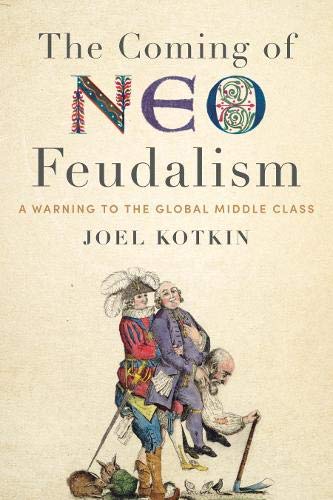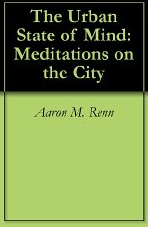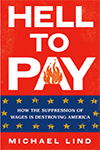
With a great deal of success, urban development elites have been able to sustain the illusion that Central Business Districts or downtowns are still the functional metropolitan centres they were five decades ago. In The New City’s new feature report, Rise of Luxury Urbanity as a System: Sydney CBD, we set out to explain how the truth is different. Opinion leaders seem content for people to assume CBDs have changed in only cosmetic ways, essentially the same but with taller skylines. But since at least the 1980s, they have drifted far from the standard functional definition proposed by geographer Raymond Murphy in 1971: a region “draw[ing] its business from the whole urban area and from all ... classes of people.”
The mid-twentieth century was a time of tensions between booming suburban peripheries, driven by mass motorisation, and stagnating post-industrial inner-cities. After the 1980s, however, these former industrial-mercantile junctions or ‘classic’ CBDs were fitted up as global high-amenity enclaves. Some call this a “shift from the city as a site of production to one of consumption.” Over recent decades Sydney CBD has evolved in a more exclusive and upscale direction, hosting around a tenth of metropolitan jobs compared to nearly half in the 1950s. The pandemic forced some belated acknowledgement of this reality but notions of natural centrality persist.
In today’s post-material economy, the CBD’s status comes from a disproportionate share of public infrastructure rather than any inherent productivity advantage. Where the spatial order of the old industrial-mercantile CBD was arranged around functions, the contemporary ‘centre’ is laid out for amenities. Called ‘luxurification’ by some scholars, the new urban logic takes form as an upward spiral of amenity enhancements feeding off surging land values, gentrification and ‘sustainable urbanism’. Scaled up amenities make premium grade development more feasible as they amplify the capital that developers can substitute for land on high-priced sites. Luxurification is thus sweeping through most features of the CBD landscape, including all types of building stock and the streetscapes in between.
Using concepts proposed by urban geographers, at least five internal trends have been converging to make Sydney’s ‘post-CBD’:
- Breakdown of the unipolar ‘core-frame’ structure made up of service and industrial functions arranged in concentric rings, and rise of multipolar high-amenity precincts, each resembling a walkable resort-style campus.
- Spread of the upmarket ‘primary retail core’ as a general feature beyond the ‘Peak Land Value Intersection’ into other functional zones.
- Decline of the downmarket ‘secondary retail zone’ in conjunction with gradual restrictions on motor vehicle access and confinement of entry to passenger rail corridors and bicycle paths.
- Reshuffling of workspace across emerging precincts, inside and outside the traditional office core, offering amenities like harbour views, landscaped foreshores, green-rated buildings and revamped streetscapes around transit-hubs.
- Penetration of residential development into the CBD, even the former retail and office cores, from the peripheral ‘zone of transition’.
The classic CBD was functionally and socio-economically diverse
In the wake of advancing post-war suburbanisation, there was a surge of interest in the CBD amongst American geographers during the 1950s. Based on their field work in nine mid-sized US cities, researchers Raymond Murphy and James Vance conceived the Land Value Method of delimiting outer CBD boundaries. They pinpointed the district’s Peak Land Value Intersection (PLVI) and traced the values of lots or blocks spreading outwards in concentric circles until values declined to five percent of PLVI value. In most cases the PLVI was “located within a few hundred feet of the [district’s] geographic center”, and from there “land values decrease rapidly at first as one leaves the peak intersection.” A city’s “maximum pedestrian concentration and … greatest vehicular congestion” were typically found at the PLVI.
Read the rest of this piece at The New City Journal.
John Muscat is a co-editor of The New City Journal.












